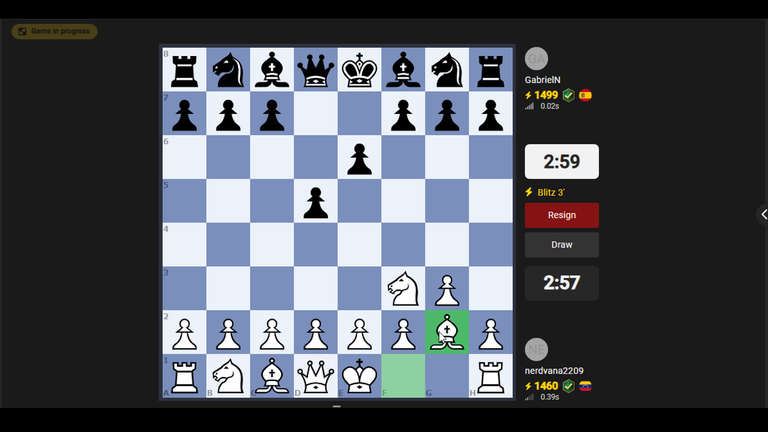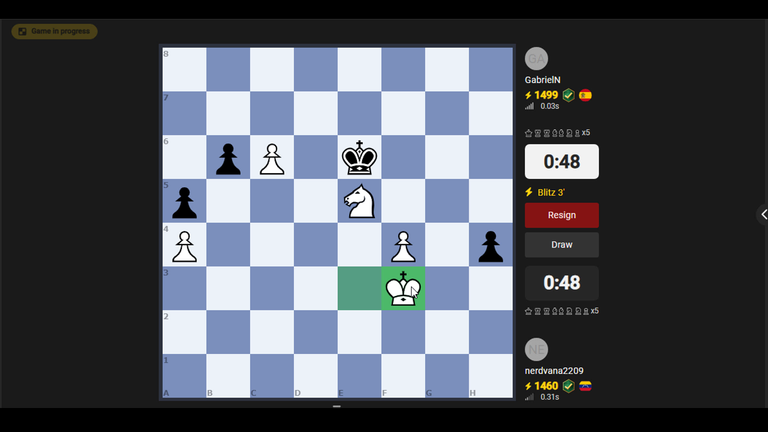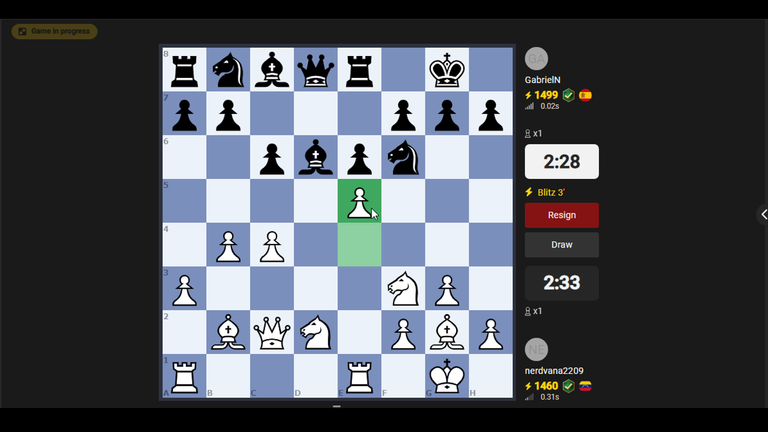[ESP|ENG] Reti, desde el fondo de la pista. || Reti, from the back of the court.
Saludos y bendiciones amigos de @fulldeportes.
Los principios hipermodernos revolucionaron la forma de entender la apertura en el ajedrez a principios del siglo XX. En contraposición a la escuela clásica, que abogaba por la ocupación temprana y directa del centro con peones, el hipermodernismo propuso una aproximación diferente: controlar el centro a distancia con las piezas antes de ocuparlo con peones, o incluso permitir que el oponente lo haga para luego explotar posibles debilidades. Hoy veremos lo que en términos tenísticos se denomina "atacar desde el fondo de la pista."
! [click here] Hypermodern principles revolutionized the way we understood the chess opening at the beginning of the 20th century. In contrast to the classical school, which advocated the early and direct occupation of the center with pawns, hypermodernism proposed a different approach: controlling the center from a distance with pieces before occupying it with pawns, or even allowing the opponent to do so and then exploiting possible weaknesses. Today we'll look at what in tennis terms is called "attacking from the back of the court."

En lugar de precipitarse a colocar peones en las casillas centrales (d4, e4), las blancas (o las negras) desarrollan sus piezas hacia casillas que ejercen influencia sobre el centro. Caballos en f3 y c3, alfiles en fianchetto (g2 o b2) son típicos de este enfoque. La idea es controlar las casillas centrales clave sin comprometer la estructura de peones tan pronto.
! [click here] TInstead of rushing to place pawns on the central squares (d4, e4), White (or Black) develops their pieces to squares that exert influence on the center. Knights on f3 and c3, and bishops in fianchetto (g2 or b2) are typical of this approach. The idea is to control key central squares without compromising the pawn structure too early.

El desarrollo de un alfil a g2 (después de g3) o b2 (después de b3) se convirtió en una herramienta clave del hipermodernismo. Estos alfiles de largo alcance ejercen una fuerte presión sobre el centro y las diagonales importantes, a menudo sin ser fácilmente atacables por los peones enemigos.
! [click here] The development of a bishop to g2 (after g3) or b2 (after b3) became a key tool of hypermodernism. These long-range bishops exert strong pressure on the center and important diagonals, often without being easily attacked by enemy pawns.
Los hipermodernistas a menudo permitían que el oponente estableciera un fuerte centro de peones (por ejemplo, con d4 y e4) para luego atacarlo con piezas desde los flancos. La idea era que un centro de peones avanzado podía volverse estático y vulnerable a ataques coordinados.
! [click here] Hypermodernists often allowed the opponent to establish a strong pawn center (e.g., with d4 and e4) and then attack it with pieces from the flanks. The idea was that an advanced pawn center could become static and vulnerable to coordinated attacks.

les invito a ver más a detalle la partida en el vídeo, el cual fue grabado con mi teléfono y la pantalla con Camtasia Studio 9, mientras que la miniatura fue editada en su totalidad en photoshop cs6 en su versión portable, las imágenes en esta descripción me pertenecen y fueron sacadas durante la edición de este material, la página donde se juegan estas partidas es chess.
! [click here] I invite you to see more in detail the game in the video, which was recorded with my phone and the screen with Camtasia Studio 9, while the thumbnail was edited in its entirety in photoshop cs6 in its portable version, the images in this description belong to me and were taken during the editing of this material, the page where these games are played is chess

▶️ 3Speak
